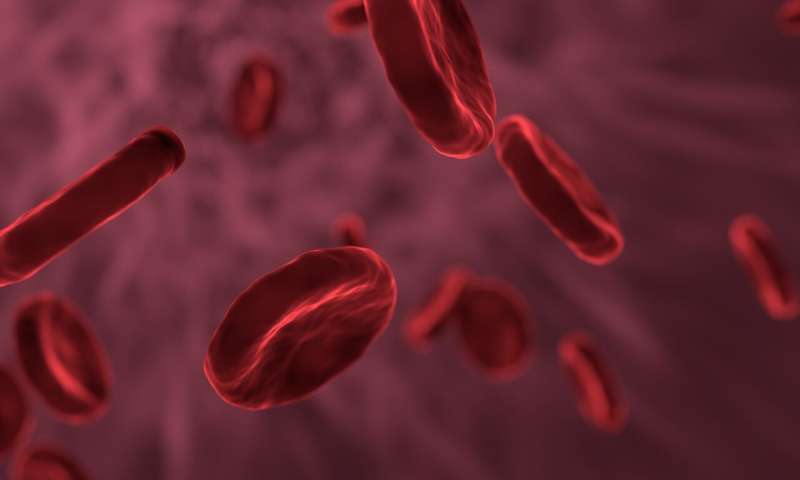Innovative Two-Dose Antibiotic Therapy Shows Promise for Treating S. aureus Bloodstream Infections

A groundbreaking clinical trial reveals that a two-dose antibiotic regimen for S. aureus bloodstream infections is as effective as traditional lengthy treatments, offering a safer and more patient-friendly option.
A recent clinical trial supported by the National Institutes of Health (NIH) has demonstrated that a two-dose regimen of the antibiotic dalbavancin is as effective and safe as the conventional lengthy IV antibiotic treatments for complicated Staphylococcus aureus bloodstream infections. Traditionally, these infections require prolonged IV therapy via a central catheter over four to six weeks, which often involves activity restrictions and risks such as blood clots and additional infections.
The trial, known as the DOTS study, enrolled 200 hospitalized adults across 23 medical centers in the U.S. and Canada between 2021 and 2023. Participants initially received a few days of broad-spectrum antibiotics, then were randomly assigned to either receive dalbavancin (1,500 mg IV on days one and eight) or standard treatments like cefazolin, anti-staphylococcal penicillins, vancomycin, or daptomycin over several weeks.
Results indicated that the overall outcome, which included clinical success, safety, and quality of life, was comparable between the two groups. Participants treated with dalbavancin had fewer side effects and complications, such as blood clots related to catheters, which are more common with traditional therapies. Interestingly, both groups reported similar quality-of-life measures, suggesting that the simplified two-dose approach does not compromise patient well-being.
The study's findings support dalbavancin as a viable alternative, offering a shorter, less invasive treatment option that could improve patient compliance and reduce healthcare costs. "This expands our arsenal of effective treatments for these severe infections," noted Dr. John Beigel of the NIH.
Further analysis is underway to assess the cost-effectiveness of dalbavancin. The study highlights the potential for reducing hospital stays and complications associated with standard IV therapy, which has significant implications for both patient care and healthcare systems.
The research was published in the Journal of the American Medical Association (JAMA) and provides important insights into managing complex S. aureus bacteremia with innovative antibiotic regimens. For more details, visit ClinicalTrials.gov under study identifier NCT04775953.
Stay Updated with Mia's Feed
Get the latest health & wellness insights delivered straight to your inbox.
Related Articles
New Approach for Treating Resistant Blood Cancers by Blocking CD200R1 Protein
Scientists have discovered that blocking the CD200R1 protein can activate immune cells to fight treatment-resistant blood cancers, paving the way for novel therapies.
The Impact of Pre-Pregnancy Planning on Child Development
Discover how pre-pregnancy planning and health optimization can influence child development and long-term well-being, highlighting the importance of early interventions for prospective parents.
Safe Biopsy of Prefrontal Cortex During Deep Brain Stimulation Procedures
A new study confirms that biopsying the prefrontal cortex during deep brain stimulation is safe, opening new avenues for neuroscientific research and treatment.
Study Finds Delta-8 THC Use Peaks in States Where Marijuana Is Illegal
Delta-8 THC, a psychoactive alternative to marijuana, is most commonly used in states with restrictive cannabis laws, highlighting how policy gaps may drive consumers toward poorly regulated substances. A new study emphasizes the need for clearer regulations to enhance public safety.



